PLA print settings directly control your print’s dimensional accuracy, surface quality, and structural integrity. When you exceed 60 mm/s print speeds, you’ll face ringing and ghosting defects that ruin precision. Your extruder temperature between 190-220°C and bed temperature at 50-60°C guarantee proper adhesion and layer bonding. Layer heights of 0.1-0.3 mm balance detail with efficiency, while 100% cooling fan operation prevents sagging and improves definition. Master these fundamentals to transform your printing results from disappointing failures into professional-quality successes.
How PLA Print Settings Impact Print Quality and Dimensional Accuracy
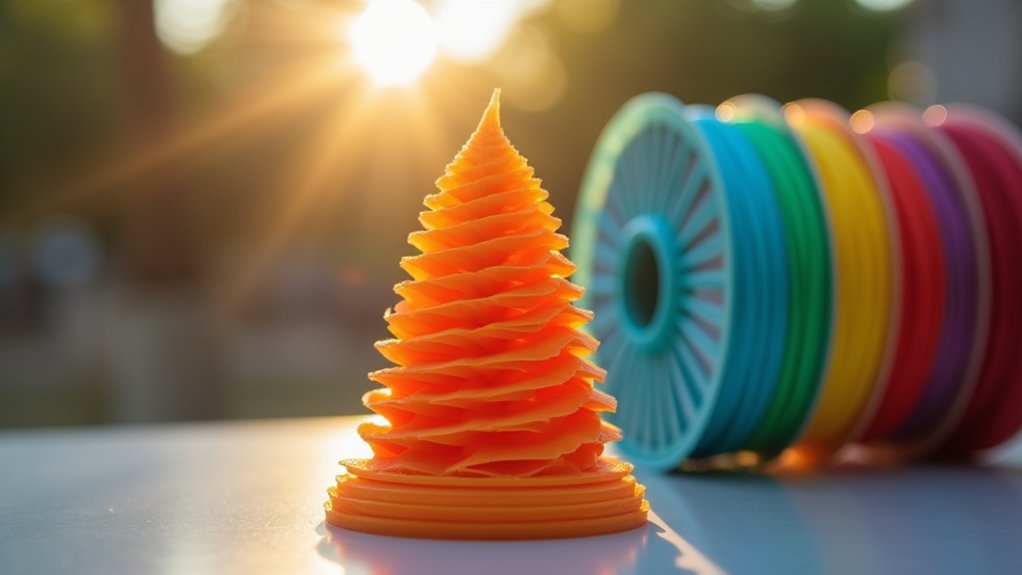
When you’re dialing in your PLA print settings, each parameter directly influences both the visual quality and dimensional precision of your finished parts.
Print speed affects dimensional accuracy considerably – while 50-60 mm/s delivers ideal results, faster speeds create ringing and ghosting defects.
Optimal PLA print speeds of 50-60 mm/s ensure dimensional precision while avoiding quality-degrading ringing and ghosting artifacts.
Layer height determines your print quality resolution; 0.2 mm balances detail with efficiency, though smaller heights increase precision at longer durations.
Your cooling fan must run at 100% for proper PLA printing, ensuring layers solidify correctly and preventing structural compromise.
Bed temperature between 50-60°C provides essential adhesion to the build surface, preventing warping and detachment.
Material flow and retraction settings complement these core parameters, collectively determining your print’s success.
Essential Temperature Settings for Optimal PLA Printing Performance
Among all the print parameters you’ll adjust, temperature settings wield the greatest influence over your PLA printing success. Your ideal extruder temperature should range between 190°C to 220°C, depending on your filament brand and color.
Set your bed temperature between 50°C to 60°C for improved adhesion, though a heating bed isn’t mandatory for PLA printing.
Essential temperature configurations include:
- Extruder temperature: 190°C-220°C for consistent flow and layer bonding
- Bed temperature: 50°C-60°C to enhance first-layer adhesion
- Part cooling fan: 100% speed for superior surface resolution
- Layer cooling: Maximum cooling prevents sagging and poor definition
Proper temperature settings prevent common print quality issues like stringing, under-extrusion, and warping, ensuring your successful printing experience with every project.
Layer Height and Speed Configurations That Make or Break PLA Prints
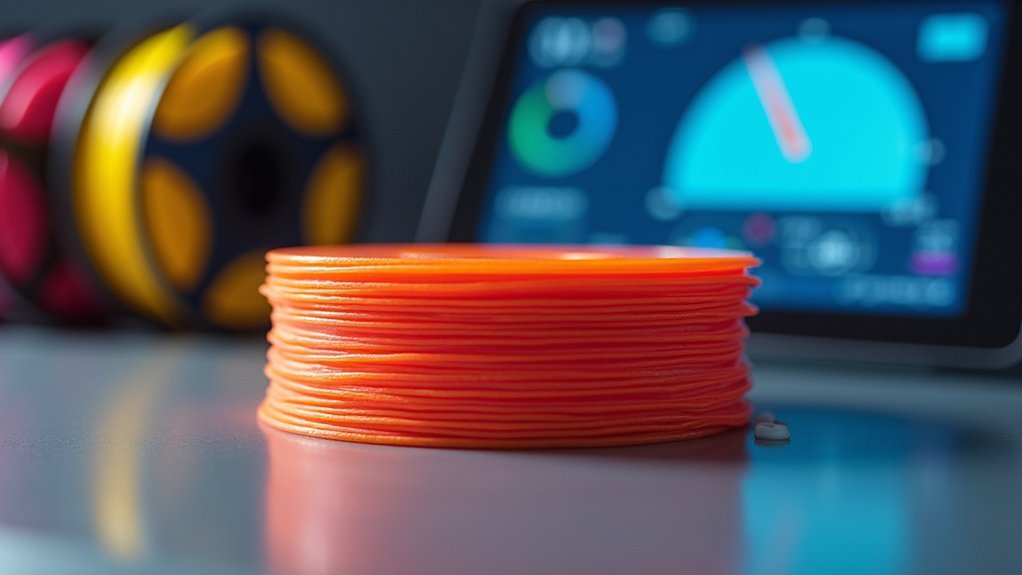
While temperature settings form the foundation of successful PLA printing, your layer height and speed configurations will ultimately determine whether you achieve professional-quality results or frustrating failures.
Layer height between 0.1mm and 0.3mm directly impacts print quality—lower heights deliver exceptional detail but extend print time, while higher settings sacrifice surface finish for speed.
Your print speed should stay around 50-60 mm/s for ideal PLA filament performance, as exceeding 150 mm/s compromises dimensional accuracy and inter-layer adhesion.
Set your initial layer speed to 20-30 mm/s for superior bed adhesion.
Configure cooling settings at 100% fan speed after the first layer to prevent overheating and stringing.
Cooling and Retraction Settings to Prevent Common PLA Printing Issues
Although proper temperature and layer settings establish your foundation, cooling fan speed and retraction configurations will determine whether you’ll eliminate stringing, oozing, and surface imperfections that plague PLA prints.
Cooling fan speed and retraction settings are the decisive factors in achieving flawless PLA prints without common defects.
You’ll need strategic cooling management throughout your print. Set your cooling fan speed to 100% after initial layers to enhance surface resolution and prevent poor adhesion issues.
However, keep fan speed at 0% for first layers to guarantee proper filament flow and print bed adhesion, preventing warping.
Your retraction settings directly impact stringing and under-extrusion. Configure retraction speed between 30-80 mm/s with 2-5 mm distance for Bowden setups.
- 100% cooling fan speed improves surface quality on detailed features
- 0% fan speed on initial layers prevents warping and adhesion problems
- Optimized retraction settings eliminate stringing between print sections
- Slower print speeds enhance interlayer adhesion and overall print quality
Bed Adhesion and Support Settings for Reliable PLA Print Success

Your print’s success depends heavily on establishing rock-solid bed adhesion from the first layer through completion. Set your heated bed temperature between 50-60°C to enhance PLA adhesion, particularly during those critical initial layers.
You’ll want to maintain a clean surface by regularly removing dust and debris that can cause print failure. Consider adding a brim or raft to increase surface area for better adhesion.
Your build surface choice matters—glass provides smooth finishes while BuildTak enables easy removal after cooling. Proper cooling settings complement bed adhesion; run fans at 100% after the first few layers to quickly solidify extruded material.
When using support material, verify your printing temperature and cooling settings work together to maintain consistent print quality throughout the entire process.
Frequently Asked Questions
What Is the Best Print Setting for PLA?
You’ll get ideal PLA results with extruder temperatures between 190-220°C, bed at 50-60°C, print speeds of 50-60 mm/s, 100% cooling, and retraction settings of 30-80 mm/s speed with 2-5mm distance.
Does PLA Require Different Settings?
You’ll need different settings for various PLA types since colors and formulations affect mechanical properties. You should adjust extruder temperature, retraction, and cooling based on your specific filament brand and color.
Is 180 Too Low for PLA?
Yes, 180°C is too low for PLA printing. You’ll likely experience poor layer adhesion, under-extrusion, and potential nozzle clogs. You should use temperatures between 190°C-220°C for ideal results.
What Is the Difference Between PLA and PLA Plus Print Settings?
You’ll need higher temperatures for PLA Plus (210-230°C vs 190-220°C), faster speeds (70-80mm/s vs 50-60mm/s), warmer beds (60-70°C vs 50-60°C), and less aggressive cooling for better layer adhesion.

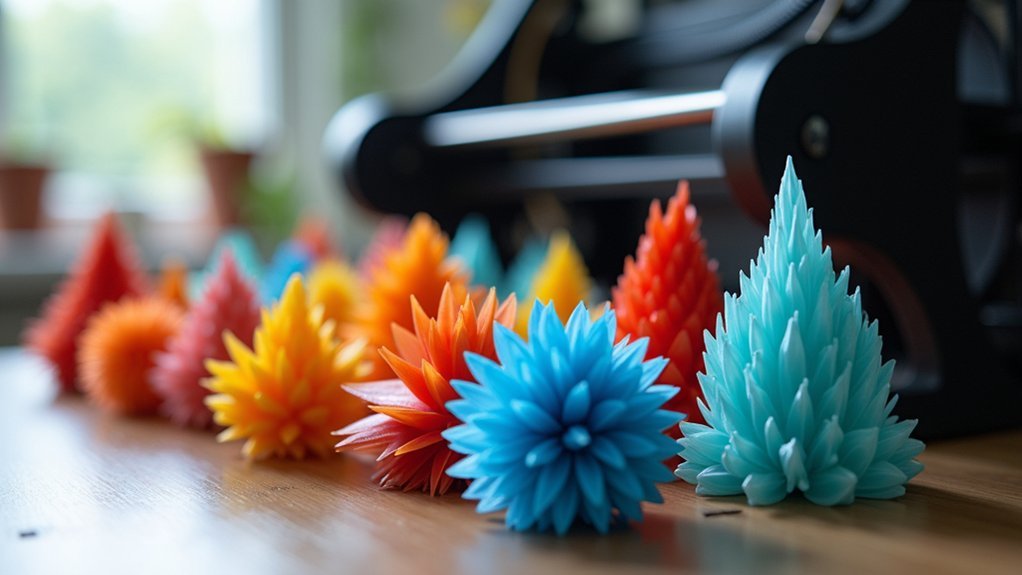
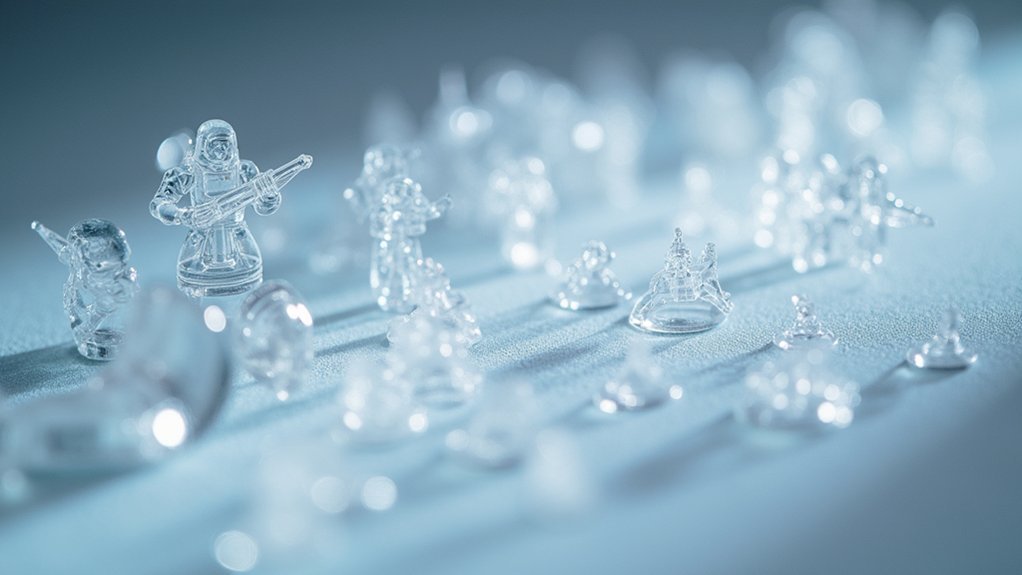
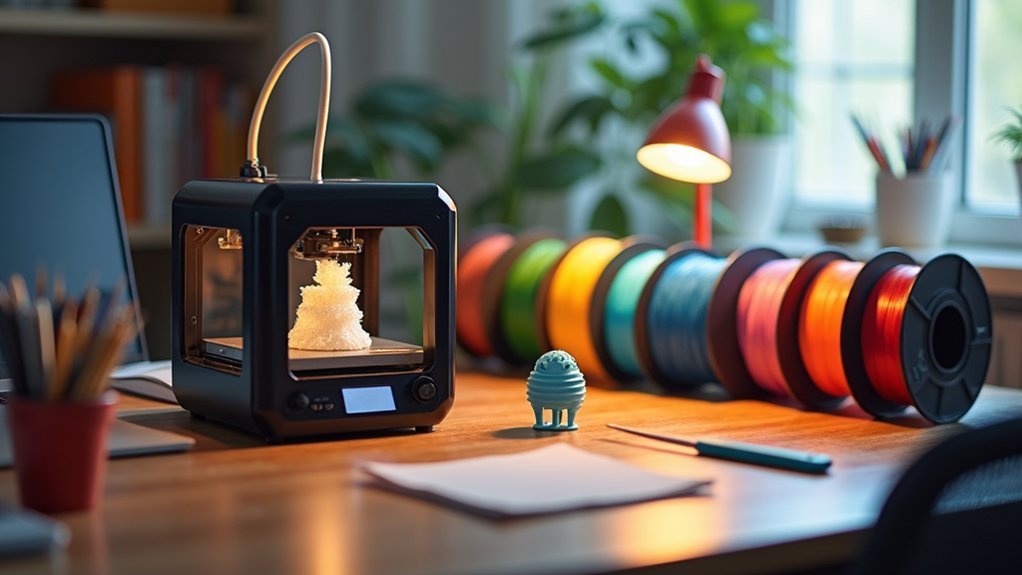
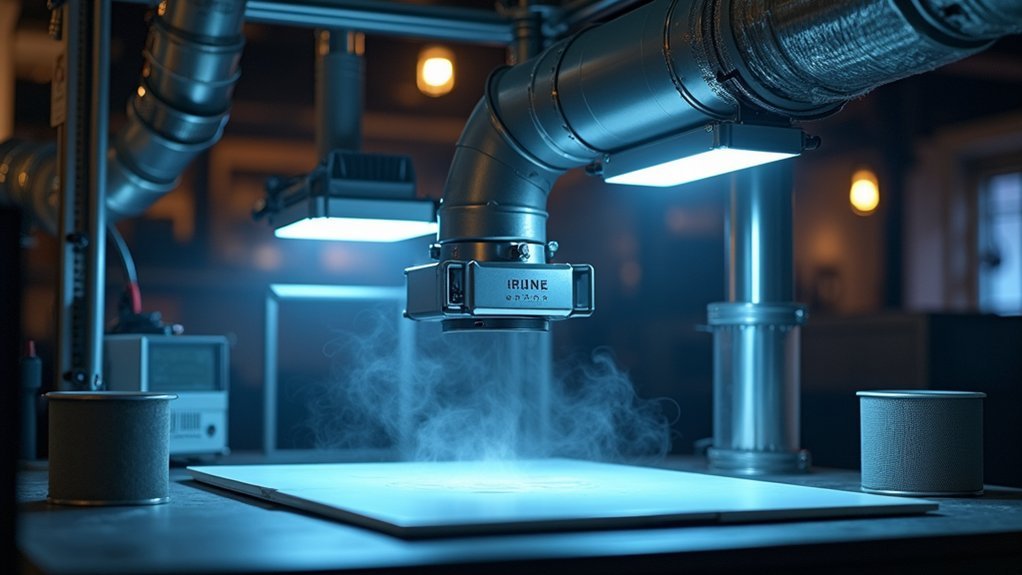
Leave a Reply